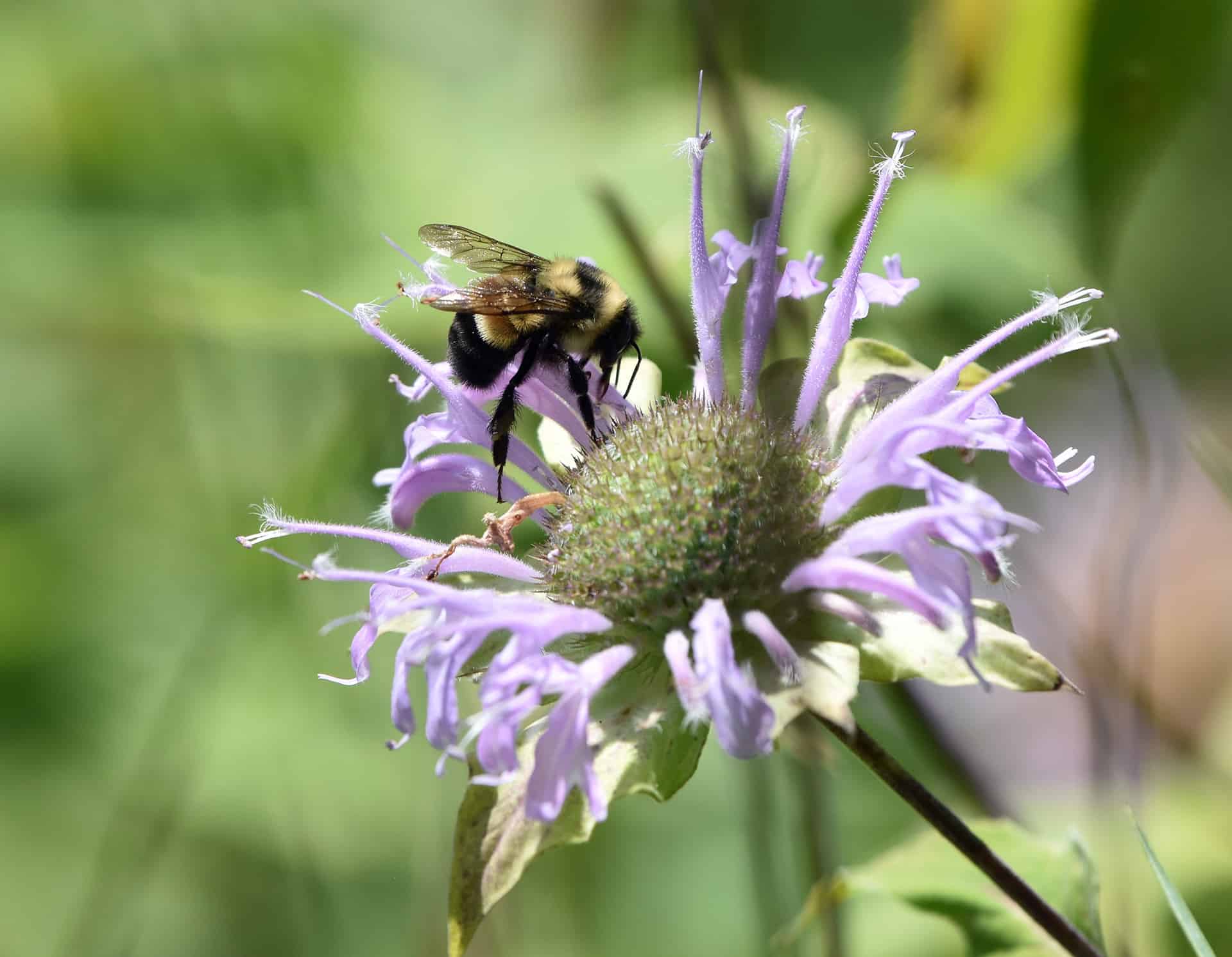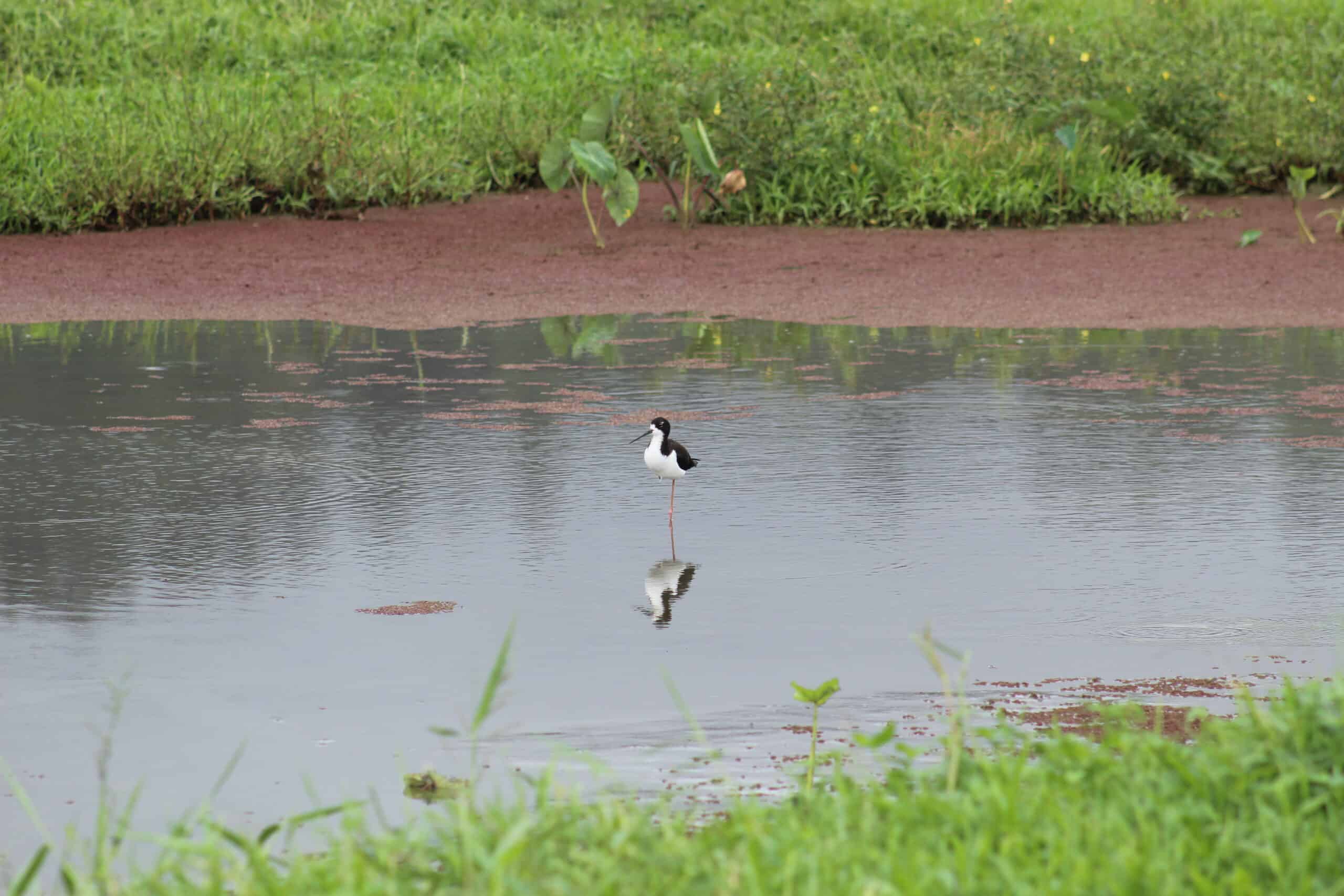Share this article
Wildlife Featured in this article
- Rusty-patched bumblebee
Study sounds alarm for native bee
The species ‘could blink out’ in decades, researchers found
A range-wide genetic study of the endangered rusty-patched bumblebee found the species may be headed toward extinction.
“If that trajectory continues, this species could blink out in the next couple decades,” said John Mola, an assistant professor at Colorado State University and the lead author of the study published in the Journal of Insect Science.
The rusty-patched bumblebee (Bombus affinis) was the first bee species to be federally listed as endangered in 2017 through the U.S. Endangered Species Act. Its numbers dropped rapidly starting in the late 1990s, likely due to a combination of pesticides, pathogens, habitat loss and degradation and climate change.
The study found that even where the bee is still found, scientists observed fewer colonies than a stable species would have and a high rate of inbreeding, which can threaten the long-term viability of a species.
“When that happens, those populations essentially face a death sentence,” Mola said. “They basically have incompatible genetic systems with other populations of the same species.”
Header Image: he rusty-patched bumblebee, once common in the United States, has declined from about 90% of its former range. Researchers conducted the first range-wide genetic study of the endangered species to inform recovery efforts. Credit: Jay Watson








